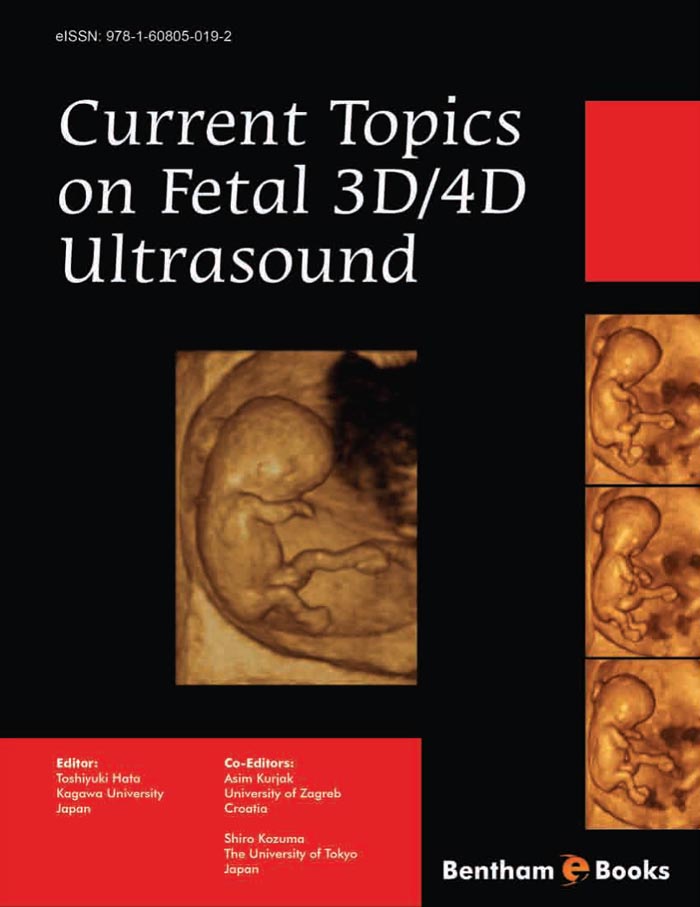Introduction
A refreshing concise book on issues and considerations in current topics on fetal 3D/4D ultrasound. It is written for obstetricians, perinatologists, pediatricians, sonographers, midwives, psychologists, pediatric cardiologists, and advanced students who wish to increase their familiarity with recent advances on fetal 3D/4D ultrasound. Both clinical and research aspects are presented in this book. Many fetal 3D/4D sonographic images and video clips are given. This book features contributions by 7 noted experts in fetal 3D/4D ultrasound from leading medical centers in the world and should prove to be of great benefit to persons interested in this field.A refreshing concise book on issues and considerations in current topics on fetal 3D/4D ultrasound. It is written for obstetricians, perinatologists, pediatricians, sonographers, midwives, psychologists, pediatric cardiologists, and advanced students who wish to increase their familiarity with recent advances on fetal 3D/4D ultrasound. Both clinical and research aspects are presented in this book. Many fetal 3D/4D sonographic images and video clips are given. This book features contributions by 7 noted experts in fetal 3D/4D ultrasound from leading medical centers in the world and should prove to be of great benefit to persons interested in this field.

